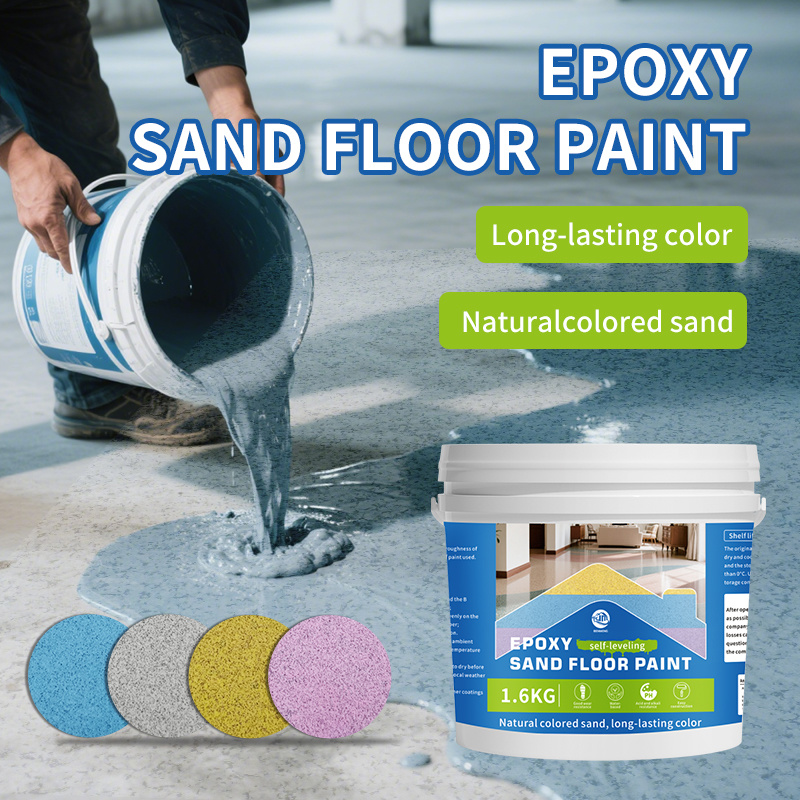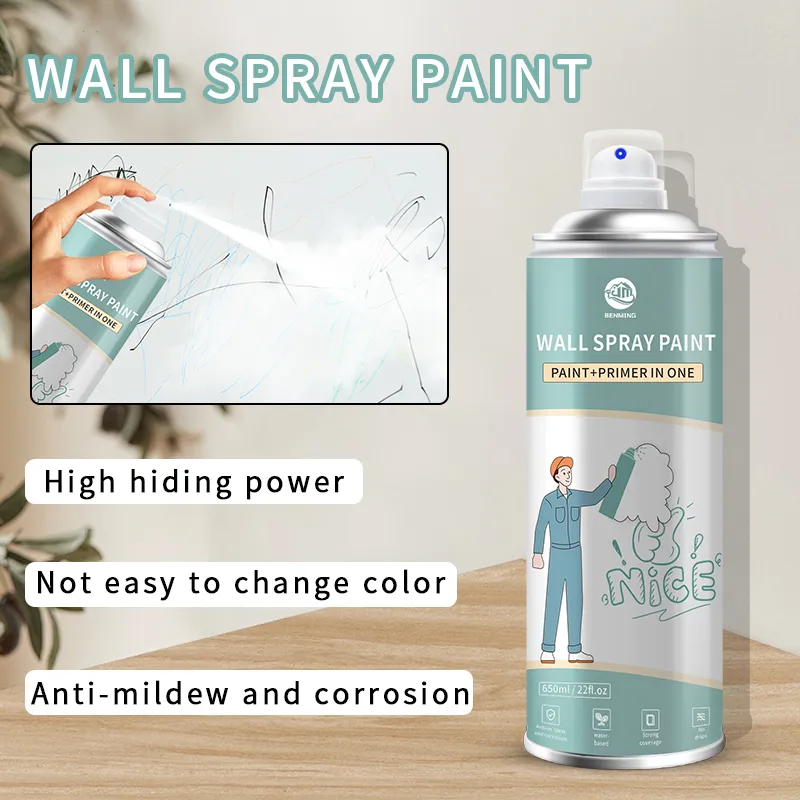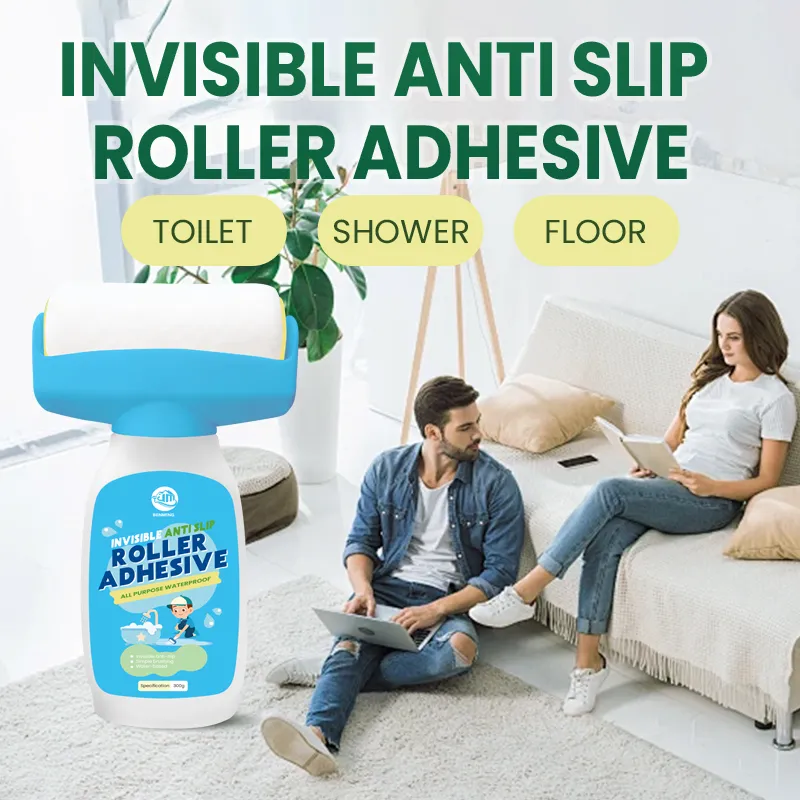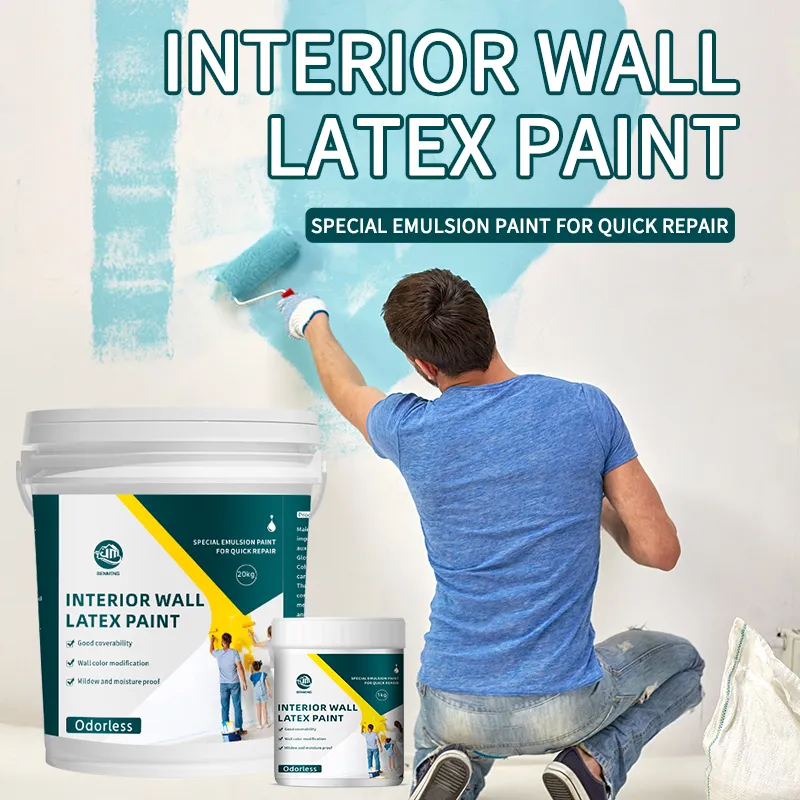Why Choosing Low VOC Epoxy Coating Matters for Your Home: The Comprehensive Guide
Aug 04,2025
Why Choosing Low VOC Epoxy Coating Matters for Your Home
Table of Contents
- 1. Introduction to Low VOC Epoxy Coatings
- 2. Understanding VOCs and Their Impact on Health
- 3. Benefits of Choosing Low VOC Epoxy Coatings
- 4. Applications of Low VOC Epoxy Coatings
- 5. The Application Process of Low VOC Epoxy Coatings
- 6. Maintenance Tips for Low VOC Epoxy Coatings
- 7. Costs of Low VOC Epoxy Coatings
- 8. Conclusion
- 9. Frequently Asked Questions
1. Introduction to Low VOC Epoxy Coatings
In recent years, homeowners have become increasingly aware of the importance of making environmentally conscious choices within their living spaces. One such choice is selecting **low VOC epoxy coatings** for various surfaces. VOC, or volatile organic compounds, are organic chemicals that can significantly impact both indoor air quality and overall health. With the growing concern over health and environmental issues, the demand for low VOC products has surged. Understanding this trend and its implications can empower you to make informed decisions that enhance your living environment.
2. Understanding VOCs and Their Impact on Health
Volatile organic compounds are found in many household products, including paints, adhesives, and cleaning agents. When these compounds evaporate, they can contribute to indoor air pollution, leading to various health issues such as headaches, dizziness, and respiratory problems. Long-term exposure to high levels of VOCs can increase the risk of more severe health conditions.
Low VOC epoxy coatings are designed to minimize these harmful effects. By reducing the number of VOCs released during and after application, these coatings contribute to a healthier indoor environment, making them an ideal choice for homes, particularly those with children or individuals sensitive to chemicals.
3. Benefits of Choosing Low VOC Epoxy Coatings
Incorporating low VOC epoxy coatings into your home offers numerous advantages that extend beyond health benefits. Here’s a closer look at the compelling reasons to make the switch:
3.1 Health Benefits
The most apparent benefit of low VOC epoxy coatings is improved **indoor air quality**. By using these products, homeowners significantly reduce the number of harmful chemicals in their environment, leading to fewer respiratory issues, allergies, and other health-related problems. This is especially crucial for families with children, the elderly, or anyone with pre-existing health conditions.
3.2 Environmental Impact
Low VOC epoxy coatings are not only beneficial for personal health but also for the environment. Traditional coatings often release harmful VOCs that contribute to air pollution and can harm ecosystems. By opting for low VOC options, homeowners can reduce their environmental footprint, making a positive impact on the planet.
3.3 Durability and Performance
One common misconception is that low VOC products sacrifice *performance or durability* for environmental benefits. However, modern low VOC epoxy coatings provide excellent durability, resistance to abrasion, and long-lasting performance. These coatings are ideal for high-traffic areas, garages, and industrial environments, ensuring that surfaces remain protected and visually appealing over time.
4. Applications of Low VOC Epoxy Coatings
Low VOC epoxy coatings are versatile and suitable for various applications around the home. Here are some key areas where these coatings shine:
- **Garage Floors**: Create a durable, easy-to-clean surface that withstands heavy use and spills.
- **Basement Floors**: Protect against moisture and provide a clean, attractive finish.
- **Countertops**: Enhance aesthetic appeal while ensuring a safe, non-toxic surface.
- **Walls**: Ideal for spaces that require frequent cleaning, such as kitchens and bathrooms.
- **Industrial Settings**: Perfect for factories and warehouses needing robust, resilient flooring solutions.
5. The Application Process of Low VOC Epoxy Coatings
Applying low VOC epoxy coatings involves several critical steps to ensure optimal results. Here’s a brief overview of the process:
1. **Surface Preparation**: Clean the surface thoroughly to remove any dirt, grease, or old paint. This step may involve grinding or sanding to achieve a smooth surface.
2. **Mixing the Epoxy**: Follow manufacturer instructions to mix the epoxy resin and hardener. Proper mixing is crucial for achieving the desired chemical reaction and performance.
3. **Application**: Use a roller or brush to apply the epoxy coating evenly across the prepared surface. Depending on the product, multiple coats may be necessary for complete coverage.
4. **Curing**: Allow the coating to cure as per the manufacturer’s recommendations. This step is essential to ensure a durable finish.
5. **Final Inspection**: Check for any imperfections or areas that may require touch-ups once the coating is fully cured.
6. Maintenance Tips for Low VOC Epoxy Coatings
To keep your low VOC epoxy coatings looking their best, regular maintenance is essential. Here are some tips:
- **Regular Cleaning**: Use a mild detergent and warm water to clean surfaces. Avoid harsh chemicals that could damage the coating.
- **Avoid Heavy Abrasives**: Steer clear of steel wool or scouring pads that could scratch the surface.
- **Promptly Address Spills**: Clean up any spills immediately to prevent staining and maintain the integrity of the coating.
- **Periodic Inspections**: Check for any signs of wear or damage, and address these issues promptly to extend the life of the coating.
7. Costs of Low VOC Epoxy Coatings
The cost of low VOC epoxy coatings can vary widely based on several factors, including the type of coating, the size of the area to be covered, and the complexity of the application process. On average, homeowners can expect to pay between $2 and $5 per square foot for materials and installation. While the initial investment may be higher than traditional coatings, the long-term benefits regarding health, durability, and maintenance can make low VOC options a more economical choice over time.
8. Conclusion
In conclusion, choosing **low VOC epoxy coatings** is an important decision that can significantly impact your home environment. With numerous health benefits, a lower environmental footprint, and exceptional durability, these coatings are ideal for various applications. By prioritizing low VOC options, homeowners can create a safe, sustainable, and aesthetically pleasing living space.
9. Frequently Asked Questions
What does VOC mean in epoxy coatings?
VOC stands for volatile organic compounds, which are chemicals that can evaporate into the air and may cause health issues.
Are low VOC epoxy coatings safe for children and pets?
Yes, low VOC epoxy coatings are designed to minimize harmful emissions, making them safer for homes with children and pets.
How long does it take for low VOC epoxy coatings to cure?
Curing times can vary based on the product and environmental conditions, but most low VOC epoxy coatings typically cure within 24 to 48 hours.
Can low VOC epoxy coatings be used outdoors?
Certain low VOC epoxy coatings are suitable for outdoor use, but it's essential to check the manufacturer's specifications for outdoor applications.
What are the color options available for low VOC epoxy coatings?
Low VOC epoxy coatings come in a variety of colors and finishes, allowing homeowners to choose a design that fits their style and preferences.
By choosing low VOC epoxy coatings, you not only enhance your home’s aesthetic appeal but also contribute to a healthier living environment for you and your loved ones.
Keyword:
Latest News








